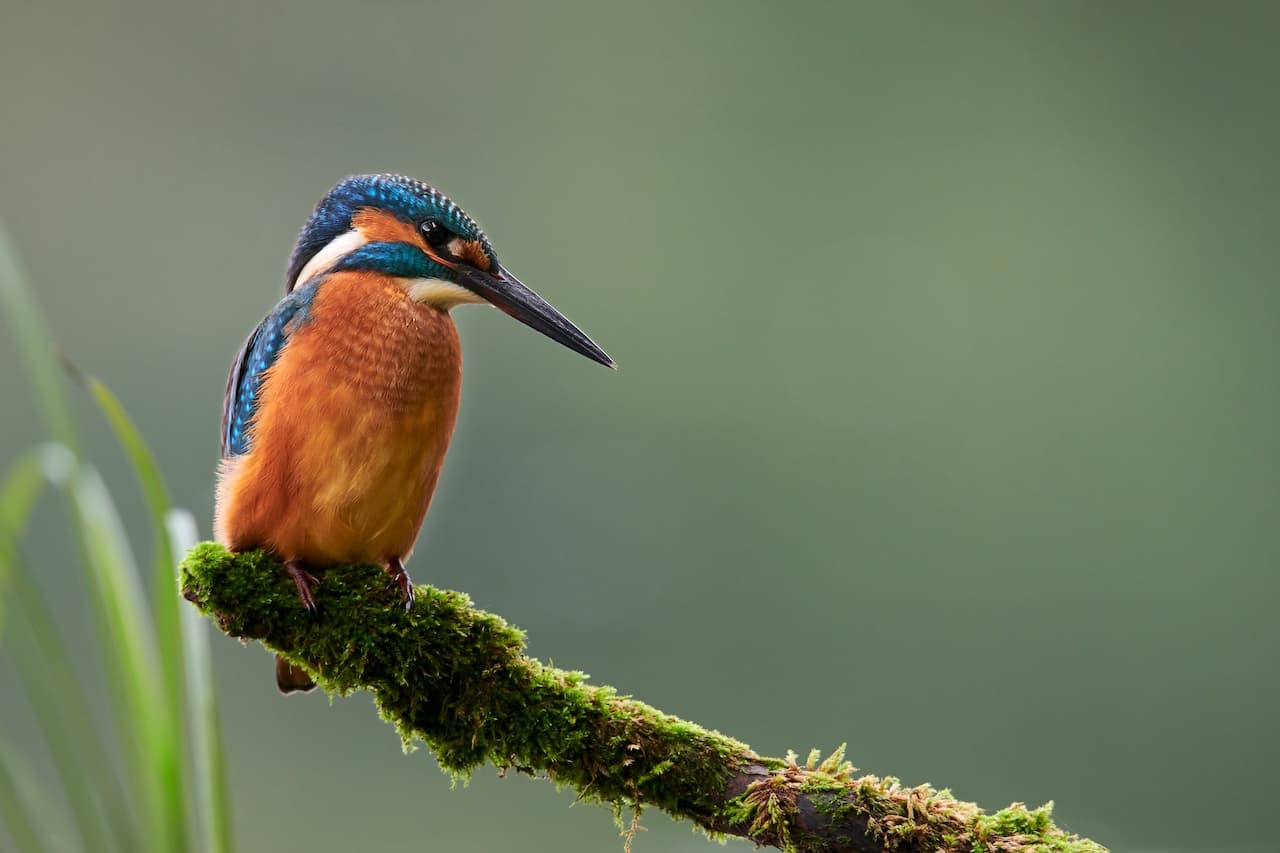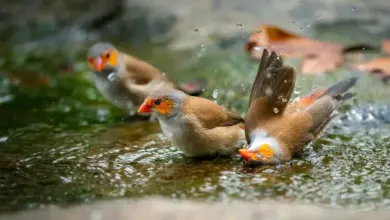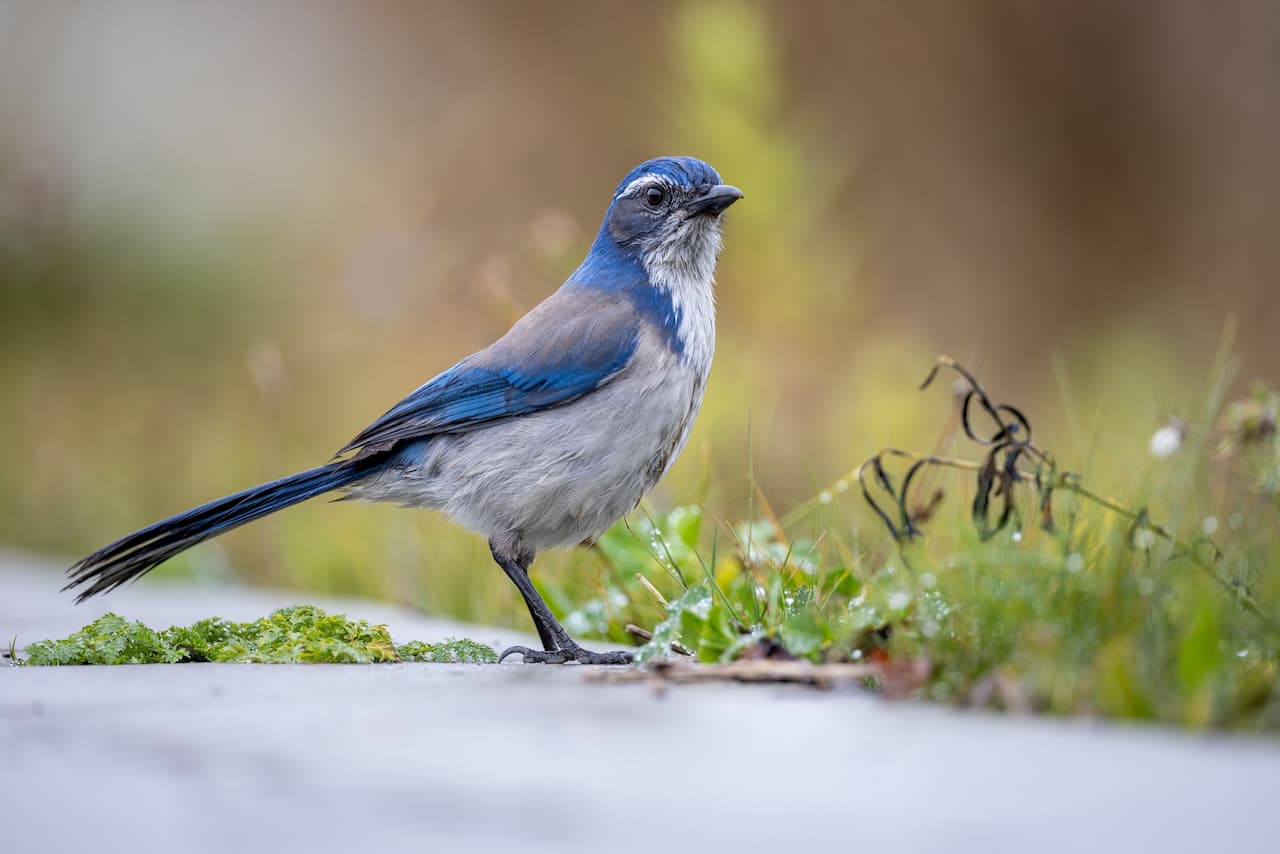What Do Sandhill Cranes Eat?
Living on planet Earth for over 2 million years, Sandhill cranes are most commonly spotted in freshwater wetlands and marshes or areas with abundant vegetation.
Bird watchers and animal lovers alike flock to these landscapes to watch groups of Sandhill cranes converge within one river basin in order to eat and rest between migratory flights.
Like many other species of bird, Sandhill cranes are omnivorous animals, eating both plants and animals. They are also commonly known as opportunistic hunters and are often seen eating a range of things where and when they can.
But what diet has sustained these natural foragers for so long? Let’s find out…
What Do They Eat in the Wild?
Being an omnivorous species, Sandhill cranes have quite a wide-ranging diet commonly consisting of a lot of plants and grains with the odd amphibian and smaller animal.
They are frequently known to forage on seeds, grains, and berries but have a taste for worms, mice, frogs, and small birds if they are lucky. However, it has been recorded that a balance of plant tubers, grain, crayfish, and earthworms are their preferred and most frequented foods.
They are also commonly spotted flying with slow worms or small snakes hanging from their beaks that have also been dropped from great heights to the delight of people relaxing in their gardens.
How Much Can They Eat?
Small from a distance, Sandhill cranes are 4 feet tall and weigh between 7 to 11 pounds which is remarkably big for a flying bird.
Subsequently, they are recorded to be able to eat up to 400 kernels of corn a day to power their long migratory flights.
Do They Hunt for Food?
As previously mentioned, Sandhill cranes are opportunistic foragers across different landscapes and therefore do not hunt.
When on the ground, the cranes are continually moving around and foraging. They do this by probing their bills into the ground of agricultural fields and marshes to pick off different plants, amphibians and small animals.
What Do They Eat in the Winter?
By the time winter begins across the United States, Sandhill cranes have migrated to Mexico or at least southern USA. Here, they are commonly spotted grazing across agricultural fields eating the last of the harvest and left-over grain.
Can I Feed Them?
In short, Sandhill cranes should not be fed by people. For both their and the public’s safety, the birds should not become comfortable around humans and find food via foraging in the wild.
If people began feeding them, the birds would eventually become a nuisance and lose their natural feeding instincts. People would also run the risk of being harmed by them if they were to become aggressive during feeding or out of protecting any chicks they may have.
In some states, such as Florida, it is actually illegal to feed and attract the cranes close to your house.
They are not your typical backyard bird and the feeding of them has to be monitored and controlled by conservationists that map their movements on and off natural landscapes and into more sub-urban areas.
Can They Eat Bread?
Sandhill cranes need to have a diet that is full of high-density proteins, fats, and carbohydrates such as grains, amphibians, and small animals. Bread, although a carbohydrate for humans, is not a healthy food source for cranes.
As people enjoy feeding birds bread in the park it has now been banned by Florida Fish and Wildlife Conservation Commission in an attempt to keep the birds away from the general public and keep them healthy.
What Do They Eat In…
Florida:
Across Florida, Sandhill cranes take refuge in freshwater marshes, prairies, and pastures where they eat a variety of aquatic plant and animal life. These landscapes provide the cranes with a plethora of reptiles, amphibians, and reptiles.
Michigan:
Based predominantly in the farmlands of Michigan, Sandhill cranes feed on young plants and seeds across farmer’s fields. Around Michigan’s marshlands, they are also noted to forage for reptiles, amphibians, and insects too.
New Mexico:
Comparatively, the landscapes in this state are drier where the cranes reside in agricultural pastures. Here, they eat leftover crops such as corn alfalfa and chufa tubers, a grass-like plant that’s deeply nutritious for the birds.
Alaska:
By the time the cranes reach Alaska, they will be within their summer breeding period therefore they have a wide-ranging diet during this season.
Consisting of small rodents, frogs, insects, seeds, and plant tubers the cranes spend all their time eating this diet to give themselves enough energy to reproduce. They can also be found roaming along the coastline looking for particular sea-based foods.
What Do Baby Sandhill Cranes Eat?
Leaving the nest a day after hatching, Sandhill crane chicks are on their feet and following their parents around very soon. Another word for this is precocial, meaning that they are born ready to run.
Copying what their parents do, the chicks quickly learn to peck at the ground and forage for seeds and berries until they are slightly bigger.
At this point they begin eating a lot of worms and insects that are noted to be packed with protein, brilliant for their growth and development.
Conclusion:
Like a lot of other birds, Sandhill cranes will forage and eat a wide-ranging diet. Being a migratory bird species covering thousands upon thousands of miles, they are reliant upon eating a lot every day, especially seeds and grains giving them lots of carbohydrates to digest.
Inhabiting a variety of landscapes such as wetlands, marshes and farm lands the omnivorous cranes will continue to be opportunistic feeders.
With their bills down to the ground, Sandhill cranes can be found foraging in shallow marshes or in upland environments or barren agricultural fields.
But remember, if you spot one near your home, do not feed them.




